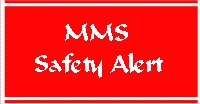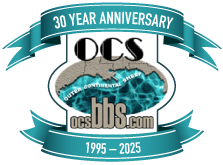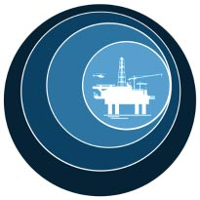Job Safety Analysis (JSA)
Effective Date: 8/22/2002
 | U.S. Department of the Interior |
| Safety Alert No. 203 August 22, 2002 | Contact: David Dykes |
Job Safety Analysis (JSA)
Recent investigations of fatal accidents in the Outer Continental Shelf (OCS) have revealed that the fatalities occurred during the performance of day-to-day tasks. MMS found that, in each of the accidents, a lack of written, procedural guidelines for the performance of these routine tasks was identified as a cause of the accidents. Further, as a result of the latest annual performance reviews, MMS has found that there is a lack of a clear understanding by many operators of what constitutes a Job Safety Analysis (JSA), and most operators do not have a formal review process for determining which jobs require a JSA. It appears that most operators conduct a JSA on routine tasks where most accidents are occurring. However, operators are not considering routine tasks that have the potential for severe consequences even though no accidents have occurred as yet.
JSA’s can be regarded as one form of hazard analysis. Hazard analysis is an analysis performed to identify and evaluate hazards for the purpose of their elimination or control. Job Hazards Analysis (JHA) is used to review the scope of work to be performed on a broad scale and can uncover hazards overlooked in the original design, mock-up, or setup of a particular process, operation, or task. A JSA, on the other hand, is a process used to review site-specific detailed job steps and uncover hazards associated with the specific job undertaken.
When the hazards have been identified and their severity evaluated, a strategy must then be developed to eliminate or reduce these hazards. This strategy may include the development of operating procedures, safe work practices, operating guidelines, or a combination of all three. These procedures, practices, and/or guidelines must be made available to the employee performing the tasks. This process of mitigating hazards is commonly used in industry for situations in which the inherent risks are recognizably high. Unfortunately, this process is not used as frequently in the more day-to-day tasks.
It is therefore recommended that:
- Operators develop a systemic approach for evaluating all tasks to identify those tasks that have potential severe or fatal consequences should an accident occur
- Once those tasks have been identified, operators should conduct the necessary JHA and/or JSA to identify those hazards that could lead to potentially severe or fatal consequences; and
- The operator should then eliminate the hazard or reduce the severity of the consequences through the use of design engineering, administrative controls, or written procedures and/or guidelines.






